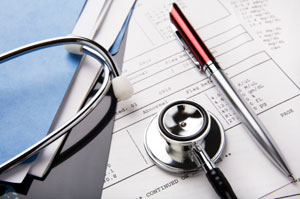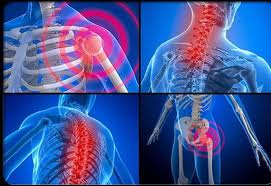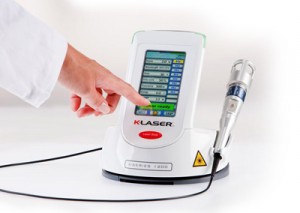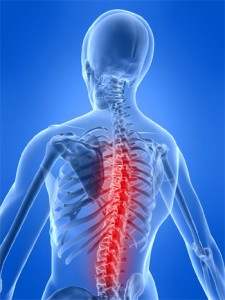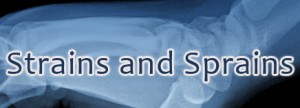 Having a successful treatment starts before you see your practitioner. On your next visit to your health care practitioner try incorporating these tips.
Having a successful treatment starts before you see your practitioner. On your next visit to your health care practitioner try incorporating these tips.
- Getting adequate rest the night before your treatment is an important part of the healing process.
- Arrive on time to your sessions. If you arrive in a frenzied state, it will take you longer to relax.
- Remember that your practitioner may have another appointment directly after your own and your treatment time will be cut short if you arrive late.
- Wear clothing that will be comfortable during a treatment session.
- Before the treatment begins, always give an accurate health update, and bring any relevant letters, imaging and/or scan results.
- During a treatment, report any discomfort that you are feeling right away and don’t be afraid to discuss any concerns.
- Remember to breathe normally throughout your treatment session. If you are anxious about the treatment, your breathing will be shallow and limited. Talking with your practitioner about your anxiety will help you relax.
- Stay hydrated, remember to drink water before and after your treatment.
- Don’t get up too quickly from the treatment table. Getting off the table too fast, can make you feel dizzy or light headed.
- Part of any treatment includes the moments after the the treatment is over. Make sure you take enough time in the room to integrate and assimilate the results of your session.
- Try to stay active after a treatment. In most cases, movement after a session will help the treatment hold for a longer period of time.
- Be honest with your practitioner; if a treatment is not working let them know. A good health care practitioner will choose another approach or modality to treat your condition.
Part of any good health care solution is being part of a team, and Diversified Health has numerous disciplines, treatment options, modalities and practitioners to help you get feeling better faster!

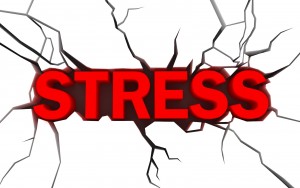

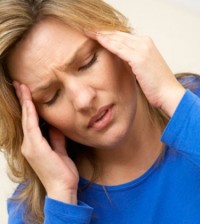
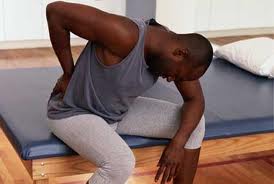 A healthy back is straight, moves easily and is free of pain. The most common area for chronic back
A healthy back is straight, moves easily and is free of pain. The most common area for chronic back 